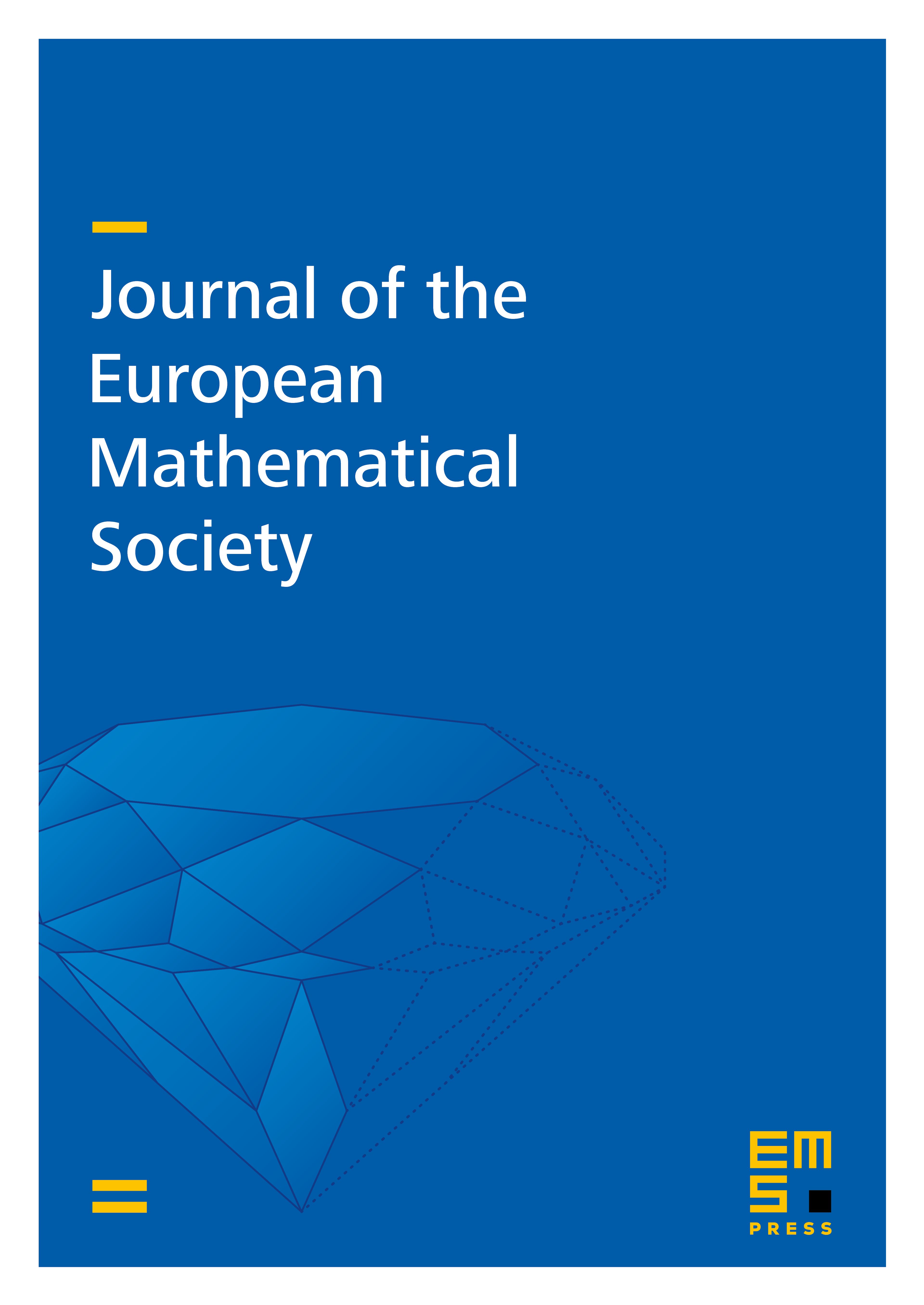Even sets of nodes on sextic surfaces
Fabrizio Catanese
Universität Bayreuth, GermanyFabio Tonoli
Universität Bayreuth, Germany

Abstract
We determine the possible even sets of nodes on sextic surfaces in , showing in particular that their cardinalities are exactly the numbers in the set . We also show that all the possible cases admit an explicit description. The methods that we use are an interplay of coding theory and projective geometry on one hand, of homological and computer algebra on the other.
We give a detailed geometric construction for the new case of an even set of 56 nodes , but the ultimate verification of existence relies on computer calculations. Moreover, computer calculations have been used more than once in our research in order to get good guesses. The construction gives a maximal family, unirational and of dimension 27, of nodal sextics with an even set of 56 nodes.
As in [Ca-Ca] (where the other cases were described) each such nodal surface is given as the determinant of a symmetric map , for an appropriate vector bundle depending on . The first difficulty here is to show the existence of such vector bundles. This leads us to the investigation of a hitherto unknown moduli space of rank 6 vector bundles which we show elsewhere to be birational to a moduli space of plane representations of cubic surfaces in . The resulting picture shows a very rich and interesting geometry. The main difficulty is to show the existence of "good" maps , and the interesting phenomenon which shows up is the following: the "moduli space" of such pairs is (against our initial hope) reducible, and for a general choice of the determinant of is the double of a cubic surface . Only when the vector bundle corresponds to a reducible cubic surface, then we get an extra component of the space of such pairs , and a general choice in this component yields one of our desired nodal sextic surfaces.
Cite this article
Fabrizio Catanese, Fabio Tonoli, Even sets of nodes on sextic surfaces. J. Eur. Math. Soc. 9 (2007), no. 4, pp. 705–737
DOI 10.4171/JEMS/94